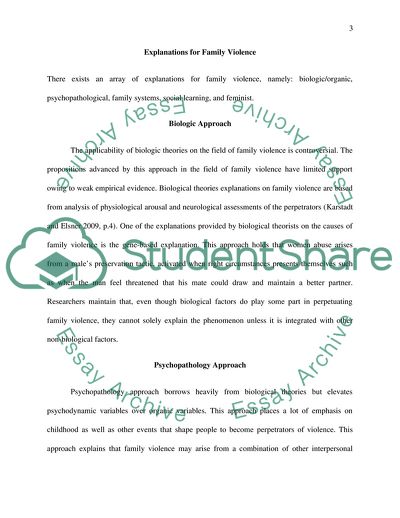Cite this document
(Understanding Violence Essay Example | Topics and Well Written Essays - 2250 words - 1, n.d.)
Understanding Violence Essay Example | Topics and Well Written Essays - 2250 words - 1. https://studentshare.org/sociology/1769021-understanding-violence
Understanding Violence Essay Example | Topics and Well Written Essays - 2250 words - 1. https://studentshare.org/sociology/1769021-understanding-violence
(Understanding Violence Essay Example | Topics and Well Written Essays - 2250 Words - 1)
Understanding Violence Essay Example | Topics and Well Written Essays - 2250 Words - 1. https://studentshare.org/sociology/1769021-understanding-violence.
Understanding Violence Essay Example | Topics and Well Written Essays - 2250 Words - 1. https://studentshare.org/sociology/1769021-understanding-violence.
“Understanding Violence Essay Example | Topics and Well Written Essays - 2250 Words - 1”. https://studentshare.org/sociology/1769021-understanding-violence.


